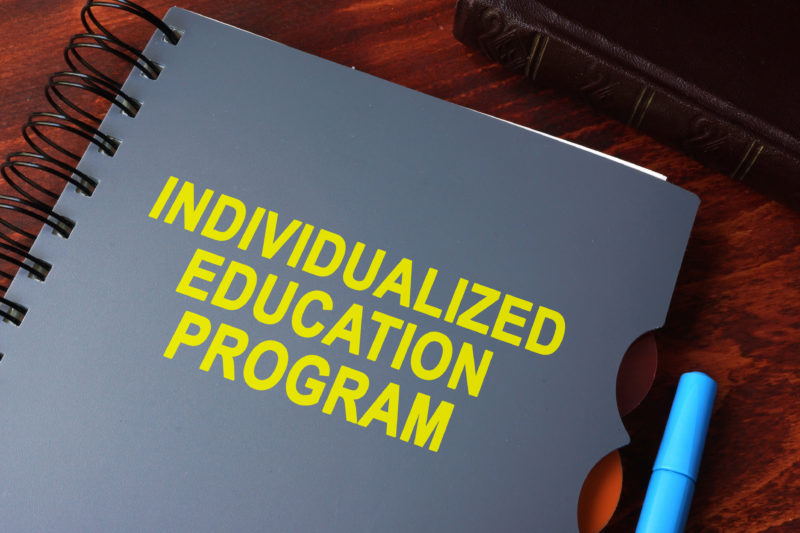It’s well known that students of color are disproportionately assigned to special education programs, but a recent report from the Century Foundation found that the same applies to students from low-income families. Using data from three states in the 2013-14 school year, the researchers found that low-income students were more likely to be identified as needing special education services than their non-low-income peers. The disproportionality was greatest in categories requiring more subjective teacher judgments (learning disabilities, emotional disabilities, and intellectual disabilities), while the gap was narrower for sensory disabilities. In addition, once identified, low-income students were more likely to be placed in separate classrooms.
The researchers recommend greater transparency, including the disaggregation of special education data by income level, in addition to the IDEA’s current requirement that data be disaggregated by race. They also suggest further research into the mechanisms leading to special education placements, including the interaction between race and income as it relates to special education.
Source: Schifter, L.A., Grindal, T., Schwartz, G., & Hehir, T. (2019). Students from low-income families and special education. New York, NY: The Century Foundation.










